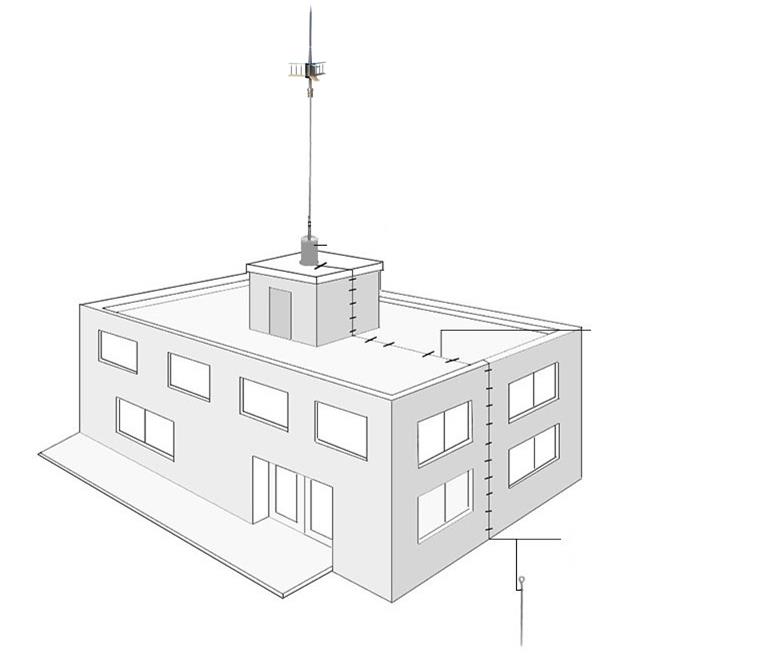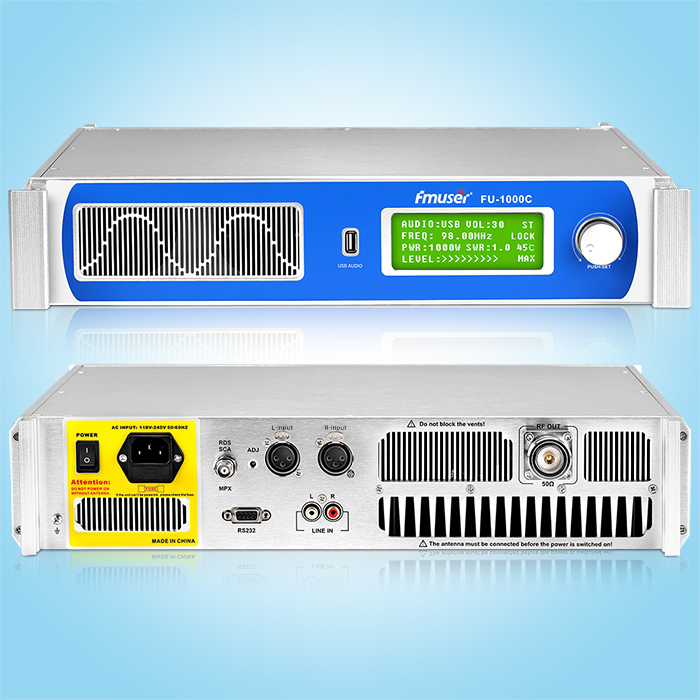Picture Exchange Communication System (PECS) allows people with little or no communication capabilities to communicate using pictures. People who use PECS are taught close to another person and give them a picture of the item to exchange this item. By doing so, the person can initiate communication.
Children or adults with autism can use PECS to communicate a request, an idea or anything that can reasonably display or symbolize on the picture card.
I know that you can buy such a board, but they are not cheap or not flexible enough.
You can also use a tablet, but Scott has smashed 2 smartphones and my tablet. This rugged, cheap and there are many options. So you can only do just a few.
The advantage is that the button is assigned to a separate MP3, then you can easily exchange them. You can also use any language for PECs. If you don't want to record words yourself, you can use text to rotate and download it as MP3.
Project Demo:
Be
Step 1: Design and CAD files
I chose this shape and size so that it can take it in your hand very well, and the symbol is easy to see. Button size is also very suitable for people with poor sports skills.
I painted a case in Sketchup to better understand it.
Since the part is cut with a 3 mm MDF laser, I made a hierarchical structure.
Then I figure out all parts in QCAD and take them laser. To use them with my laser cutting machine, I must convert DXF files to SVG files. All files are in this step or download here.
Aluminum foil keyboard. SVG
Final case. SVG
Final case.dxf
Step 2: Case
The outer casing is made of a 3 mm MDF plate that is cut through a laser. Of course, it should also be used with amateur saw.
The first, 3, 4 and 5 are partially adhered together. Insert 3 mm nut into Part 4. These nuts are used to secure the cover 2 later with 3 mm screws.
The results of 1, 3, 4, and 5 are then attached to 8. 6, 8 and 9 are also sticky together, and the 3MM nut is also inserted into 8. These fix the cover 7 in place because it is detachable to replace the cover sheet.
Step 3: Keyboard matrix
For sixteen buttons, I made a DIY thin film keyboard. Self-adhesive vertical copper strips stick at the bottom.
The upper side is composed of the binder copper foil, and it is attached to the plastic sheet from the homogeneous binder. The cardboard is used to separate two foils. The wire can then be welded to the copper strip, four welded to the back, four welded to the membrane.
Step 4: Cover
The cover of the picture is just a picture of a print, which has created a template for it, so you can make them yourself without problems. The paper is then simply sealed in laminate to protect the picture from wear.
Alternatively, you can also put a transparent film on your front.
Cut away along the black line.
Now inserting a paper and screw the cover.
Step 5: Electronic products
All electronic devices are installed on the back of the PECS board. The core of the whole thing is an Arduino Pro Mini running in 8MHz, so it only needs 3.3V. DF mini player with micro SD card is responsible for sound.
The TP4056 charging module charges and controls the battery.
The maximum voltage of the Li IO battery is 4.2 volts. Arduino and DF mini players can still work at 3.2 volts, so everything is very suitable for battery operations.
The DF mini player has 2 watts of output power, which is already enough. Its TX and RX lines are connected to Arduino. This allows the microcontroller to retrieve files directly. I have written a small manual for DF MINI. Its USB + and - line weld are connected to the USB connector. This allows MP3 to write directly from the PC to SD without having to delete it. At the same time, the battery is charged via a USB connector. The 8 lines of the matrix also are also welded to Arduino. The voltage divider on the microcontroller monitors the battery status and issues "battery low" warnings at 3.3V.
Arduino Pro Mini's VCC is used to power the controller, so I have bypass 3.3V regulator. Typically, the RAW input is used, which is meaningless for the 3.7V battery operation because I must apply at least 4 volts. The charged battery is still working, but it will not last for a long time.
5 mm LED has been grinded, so it does not protrudes in front, and the light is now diffuse.
Parts List:
1x Arduino Pro Mini 3.3V 8MHz
1 DF mini player
1 mini SD card
1x TP 4056
1x speaker 8ohm 40mm diameter
1x battery 3.7V 1700mAh (more amps)
1x miniature USB line board
1x micro switch
1x 5mm LED
1x 220R resistor R3
1x 12K resistor R2
1x 33K resistor R1
This software can be found here https://github.com/awall9999/scottcom
Step 6: Software
I used several tabs in Arduino IDE to keep programming clearer.
Below is some explanations of functions
As you can see, the software consists of a main program (tablet-mini03), Battmonitor, Matrix, and PlayVoice Tab.
The main program defines all variables used. Otherwise, it checks if a key is pressed. The timer checks that there is no button to be pressed to provide information through the sound after 5 minutes, indicating that the board is still on the state (030.mp3).
Check the battery status every 3 minutes. If the voltage is below 3.3V, the battery is not warned (020.mp3).
BattMonitor works with an AnalogReference (Internal) in the main program. This will set the measurement reference to 1.1 volts.
R1 (12k) and R2 (33K) are used as a voltage divider. This can be calculated here: / https://www.peacesoftware.de/einigewerte/spannungsteiler.html
In this way, Arduino can monitor batteries and set the variable batteryLow to TRUE when 3.3V.
Matrix, progressive scan, then scan a single button per line. If the button is pressed during the scanning process, it will be recorded in the ResultMatrix variable. This value is usually "0". Otherwise, this variable contains the number of the button pressed.
The PlayVoice section controls the DF Mini Player through the serial interface. I didn't use ready-made lib, but I have written my own control software.
This tab consists of 3 Void.
Void ResetVoice, sends a reset sequence to DF MINI. (Stop Sound File) Void VolumeVoice set the volume.
Void PlayVoice, the sound file set before playing.
DfDatafile [] = {0x7e, 0xff, 0x06, 0x0f, 0x00, 0x01, 0x00, 0xef} are data transmitted to DF Mini, where sixth data strings define sound files (bold). Then this data set simply transmits to DF MINI via the for loop.
This software can be found here https://github.com/awall9999/scottcom
Step 7: DF Document Structure in DF Mini Plays
Be
Connect the PECS board to the PC using a miniature USB cable
Folder 01 Access in the root directory, but you can create multiple and then switch between templates by renaming.
Then upload the MP3 file to the folder, where 001.mp3 represents the first button, 016. MP3 represents the last button.
020. MP3 should include text indicative of low battery low (such as Battery Low). 030. MP3 should include text indicating that the device has not been used for some time but still in the power-on state (forget me, have you forgotten me?).
Free text rotation and text to MP3
Https://ttsmp3.com/
Step 8: PECS committee
This is a prototype. I have made some changes to the outer casing (updated CAD files). Now the screw is suitable, and one is added on the cover.
For the placement of the component, I also have a cutout so that everything can be better fixed.
However, everything is not changed outside.
Currently, I have music and sound files on the blackboard so that Scott can learn how to use them. This seems to have been working.
The next step will be placed on the PECS board in the PECS board so that Scott can express his wishes on the table. I will also try to practice colors, animals or other daily necessities, so that he has a way to communicate with us.
Step 9: Things to do
Added the possibility of adjusting the volume.
Press the same button again to stop the sound file (this may be advantageous for longer files).
Remove the regulator and onboard power LED from Arduino, allow the board to enter the standby state. By removing these components, the power consumption in sleep mode will decrease.
These will be updated on my Github, welcome attention.
Our other product:















